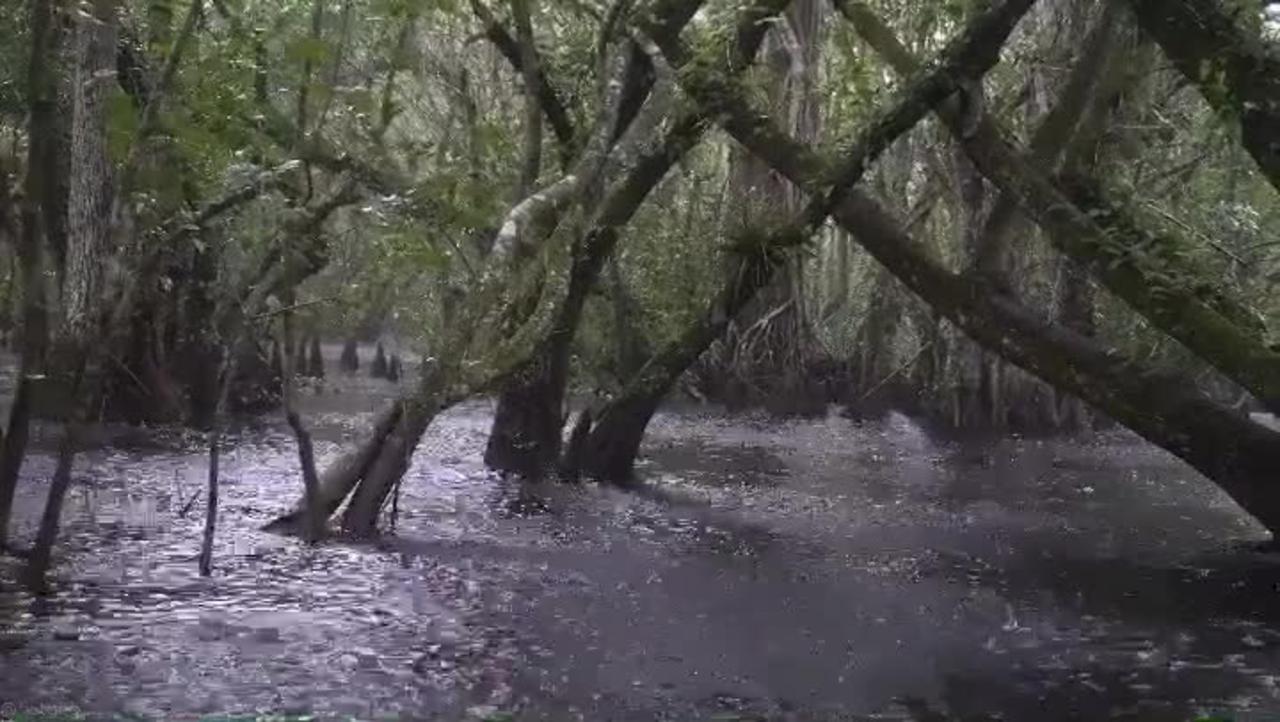
The best part of chasing ghost orchids with camera traps for three years has been falling in love with places like this.
The Florida Wildlife Corridor expeditions had given me the opportunity to trek more than 2,000 miles (3,200 km) through Florida’s wildest places.
But our team always had to keep moving, seldom camping anywhere for more than one night.
Working with camera traps for the project with has allowed me to go deeper.
There are now places in the Everglades I have visited as often as every two weeks across multiple years, throughout the seasons and in every kind of weather.
I’ve seen swamps stay flooded for 18 months straight because of El Niño winter rains, watched a lightning bolt ignite a forest fire at the end of a drought, rescued a camera as helicopters were dousing flames with water from above, and lost other cameras as Hurricane Irma made landfall.
Through camera trapping, I've gotten to know individual bears and panthers and watched them age and grow.
What does all of this have to do with this video?
My distraction with camera trapping ghost orchids created even deeper connections with places like the Fakahatchee Strand, where I would paddle weekly to maintain cameras during the summer blooming seasons.
I learned to wind a path through the forest in every kind of weather and light.
This place, more than any other (though it seems absurd to say from a three-year-long obsession) gave me the balance I had been seeking.
Far away from me now, I can still see every tree and cypress knee, feel my paddle slice the black water, know where to duck, and anticipate the reflections through every turn.
More than the photographs or scientific discoveries made, it is this place I will always remember, and the feeling of paddling in the rain through the mysterious forest that became familiar without losing any of its magic.
